Unveil the top ten most beautiful places in the world for 2025, where jaw dropping scenery and extraordinary destinations steal the spotlight. This curated list features the planets finest landscapes, from shimmering coastlines with turquoise waves to towering peaks that pierce the clouds. Wander through bustling urban centers brimming with vibrant traditions, or find peace in lush woodlands that whisper calm.
These locations offer a mix of famous retreats and undiscovered treasures, perfect for travelers chasing stunning vistas and one of a kind journeys. Imagine sun soaked shores ideal for relaxation, rugged terrains begging for exploration, and cultural hubs pulsing with life. Each spot showcases natures brilliance or human ingenuity, making them standout choices for your 2025 adventures. Whether you seek quiet escapes or lively escapes, these must see wonders promise postcard worthy views and lasting impressions. Tailored for wanderlust driven souls, this guide spotlights the globes most captivating corners, blending timeless beauty with fresh finds. Prepare to explore breathtaking sites that redefine magnificence, offering endless inspiration for your next trip. Dive into the worlds most scenic escapes and let their charm fuel your travel dreams.
Top Ten Most Beautiful Places In The World 2025
10. A Vast Mountain Retreat with Glacial Lakes (Canada)

This breathtaking wilderness sprawls across thousands of square kilometers, showcasing some of the most stunning landscapes with jagged peaks, emerald green lakes, and sprawling forests. Renowned for its glacier fed waters that shimmer under the sun, it’s a haven for outdoor lovers. Summer months from June to August offer warm weather for hiking trails lined with wildflowers, canoeing on tranquil lakes, and spotting wildlife like grizzly bears, elk, and mountain goats. Winter, from December to March, turns it into a snowy paradise, perfect for skiing down powdery slopes, snowshoeing, or soaking in natural hot springs. Located in western Canada, it’s accessible via air to a major city about 100 to 180 kilometers east, followed by a scenic drive along a historic highway. Accommodations range from grand hotels with mountain views to rustic cabins and campsites under starlit skies. Safety tips include carrying bear spray, checking avalanche risks in winter, and respecting trail closures for a memorable visit to this natural wonder.
History: Founded in 1885 as Canada’s first national park, this area was born from the discovery of hot springs by railway workers in 1883, prompting efforts to protect its pristine beauty. Initially a small 26 square kilometer reserve, it expanded over decades into a vast sanctuary, earning UNESCO World Heritage status in 1984 alongside other Rocky Mountain parks. Indigenous groups like the Stoney Nakoda, Ktunaxa, and Blackfoot have lived here for over 10,000 years, using the land for hunting, fishing, and ceremonies. European settlers arrived in the 19th century, drawn by fur trading and later tourism, with the railway playing a key role in opening it to the world.
9. A High Alpine Marvel with Glacial Views (Switzerland)
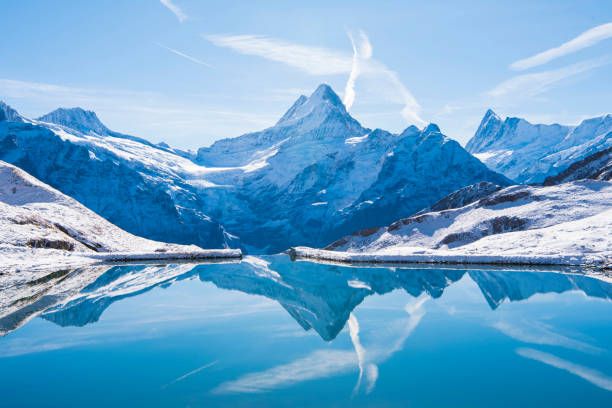
Soaring over 3,400 meters, this alpine masterpiece offers unparalleled vistas of Europe’s largest glacier and a trio of iconic peaks piercing the clouds. Known as a pinnacle of scenic beauty, it features an ice sculpted palace carved into the glacier, a high altitude observatory, and sweeping views of snow clad mountains. Summer from June to September brings clear skies for hiking and photography, while winter from December to March blankets it in snow, ideal for skiing or simply marveling at the frosty landscape. Located in a famed mountain range, it’s reachable by a historic railway from a picturesque lakeside town, a journey of about two and a half hours. No overnight stays are available at the summit, but nearby villages offer charming inns, hotels, and chalets with alpine charm. Visitors should layer up for freezing temperatures, acclimate to the altitude, and check train schedules for a smooth trip to this must visit destination.
History: Its rise to fame began in 1912 with the completion of a pioneering railway, a 16 year project that tunneled through mountains to connect this high perch to the world below. The vision stemmed from 19th century mountaineers who scaled its peaks, sparking tourism in a region already known for climbing since the 1850s. The glacier it overlooks has shrunk since the Little Ice Age (14th to 19th centuries), exposing ancient ice layers, while the surrounding peaks have been revered by locals since medieval times. Early 20th century entrepreneurs turned it into a symbol of alpine grandeur, cementing its place in travel history.
8. An Arctic Haven for Celestial Lights (Norway)
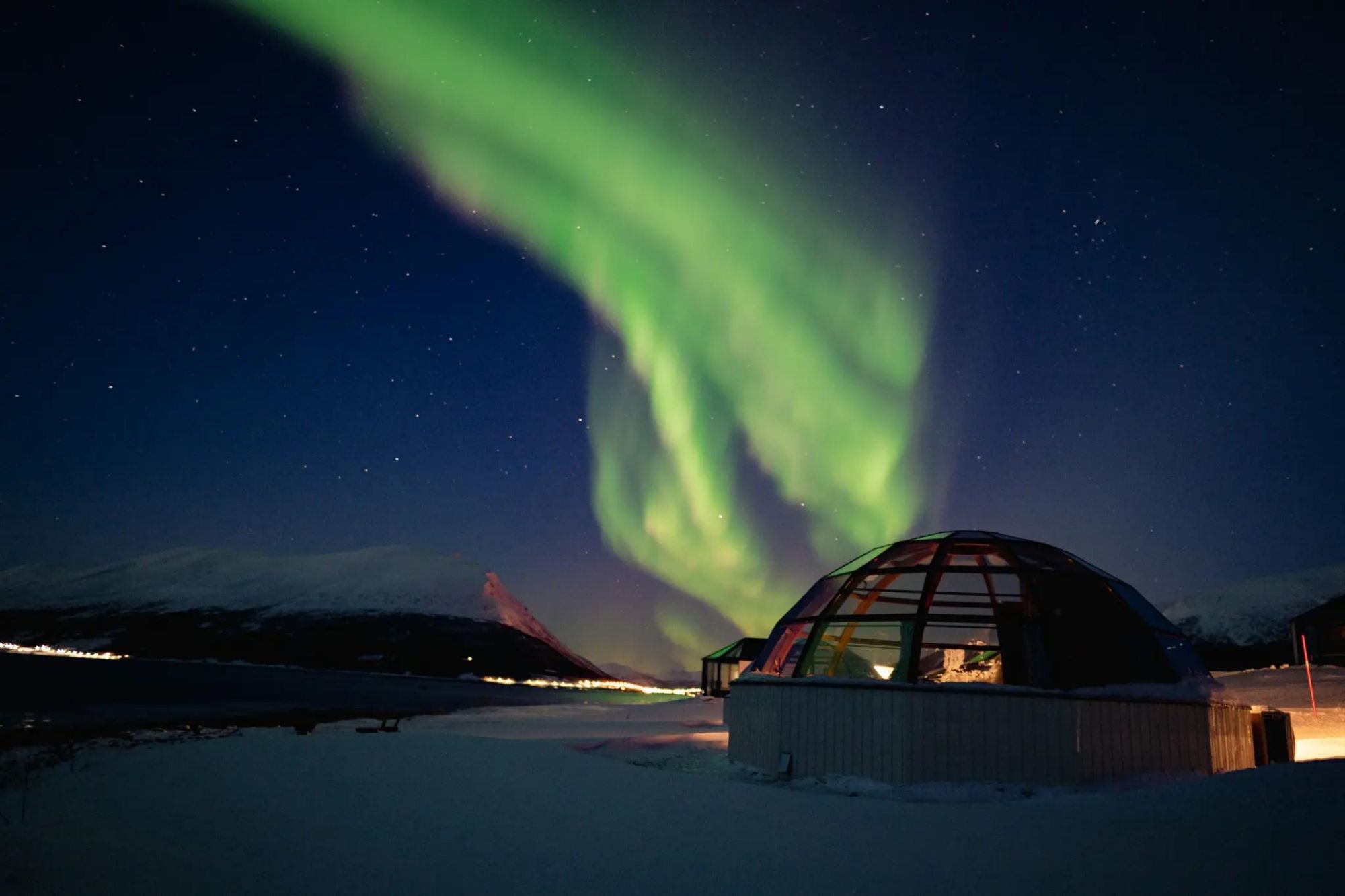
Tucked above the Arctic Circle, this northern gem dazzles with vibrant ribbons of light swirling across the night sky, framed by jagged mountains and icy fjords. Celebrated as one of the best places to witness nature’s aurora display, it shines brightest from September to March, with summer offering 24 hour daylight for exploring its rugged beauty. Activities include guided night tours to chase the lights, hikes across windswept islands, boat trips to spot orcas and humpback whales, and visits to cozy museums showcasing Arctic life. Located in a remote northern region, it’s accessible by air to a local airport or via a scenic coastal ferry. Hotels range from luxurious retreats with panoramic windows to budget friendly guesthouses. Safety tips include dressing in insulated layers, following sustainable tourism practices, and booking tours early for this otherworldly natural wonder.
History: Established in the 13th century as a fishing and trading outpost, this spot grew into a vital Arctic hub by the 17th century, fueled by cod exports. It became a launchpad for polar expeditions in the 1800s, with explorers like Roald Amundsen departing from its shores. The Indigenous Sami people have thrived here for thousands of years, their reindeer herding and oral traditions shaping the region’s identity. Nicknamed a northern gateway in the 19th century, its modern allure took off in the 20th century as aurora tourism boomed, blending history with celestial spectacle.
7. A Grand Temple Complex of Ancient Design (Cambodia)

This sprawling architectural marvel, the world’s largest religious monument, captivates with its towering spires, intricate bas reliefs, and a serene moat mirroring its grandeur. A UNESCO treasure, it’s a testament to ancient craftsmanship, best explored during the dry season from November to March when cooler temperatures enhance visits. Wander through vast galleries adorned with carvings of deities and battles, climb to the central tower for panoramic views, or take a sunrise hot air balloon ride over the surrounding jungle. Located near a vibrant regional city, it’s reachable by air or a six hour drive from the capital, with nearby accommodations from luxury resorts to simple guesthouses. Safety includes drinking plenty of water, wearing sun protection, and respecting the sacred grounds of this must visit destination.
History: Erected in the early 12th century by King Suryavarman II as a Hindu temple for Vishnu, it transitioned to Buddhist worship by the late 1200s, reflecting the Khmer Empire’s religious evolution. Spanning a golden age until the 15th century, it was abandoned as the capital moved south, overtaken by jungle until French explorers rediscovered it in the 1860s. Named a UNESCO site in 1992, its construction involved thousands of workers moving massive sandstone blocks, a feat of engineering that remains a symbol of a once mighty empire stretching across Southeast Asia.
6. A Desert City Carved from Rose Colored Rock (Jordan)
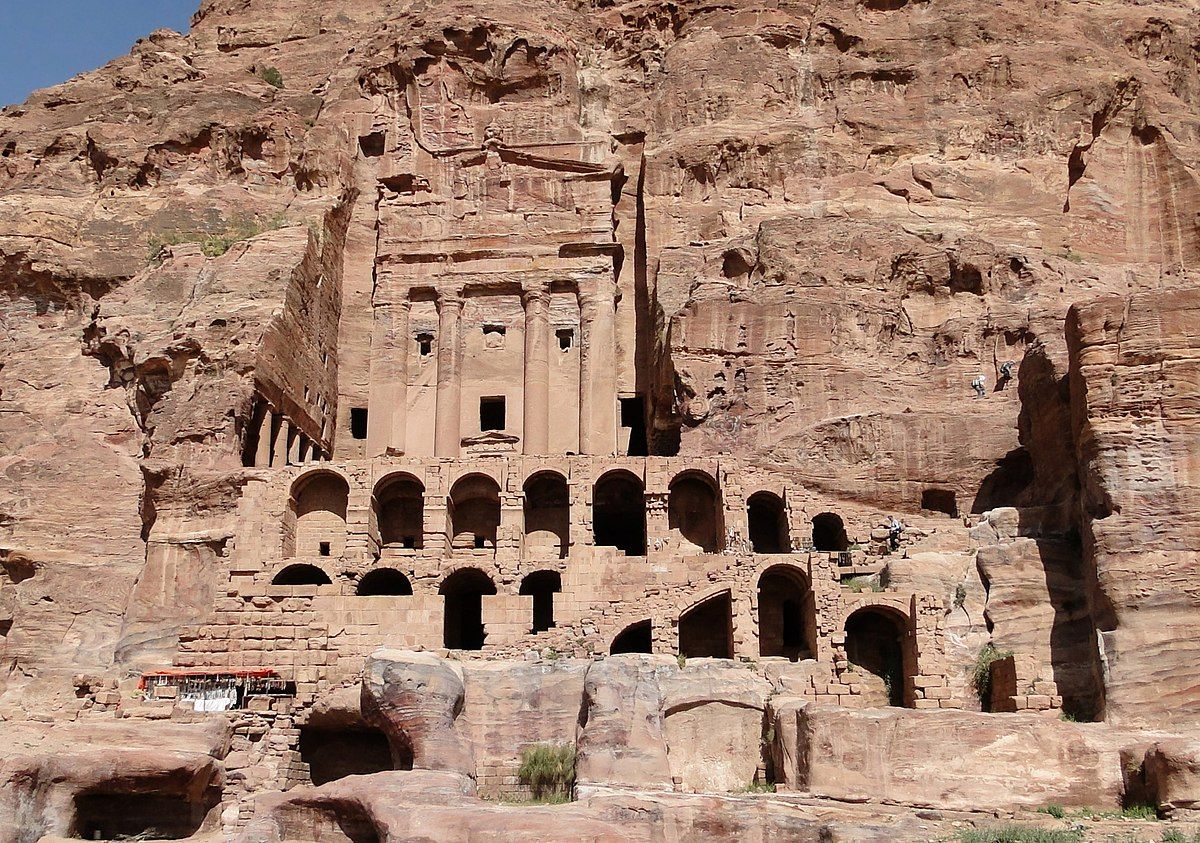
This ancient marvel glows with rose tinted cliffs, its elaborate facades carved directly into towering sandstone walls. A UNESCO site and modern wonder, it offers a surreal blend of natural beauty and human artistry, best visited in spring (March to May) or fall (September to November) for mild desert weather. Hike through a narrow canyon to reach iconic structures, climb to high monasteries for sweeping views, or explore a museum showcasing artifacts from its past. Located in a southern desert region, it’s accessible by air to the capital followed by a three hour drive, with nearby towns offering hotels, desert camps, and Bedouin tents. Safety tips include wearing sunscreen, sturdy shoes, and adhering to site preservation rules for this stunning landscape.
History: Founded around the 4th century BCE by the Nabataeans, an Arab tribe skilled in trade, this city became a crossroads for caravans carrying spices, silk, and incense. Its peak in the 1st century CE saw advanced water systems and grand tombs, until Roman annexation in 106 CE shifted trade routes. Abandoned by the 8th century, it faded into legend until a Swiss explorer rediscovered it in 1812. Declared a UNESCO site in 1985, its rock cut legacy reflects a blend of Arabian, Greek, and Roman influences.
5. A Coastal Stretch of Dramatic Cliffs and Colorful Towns (Italy)
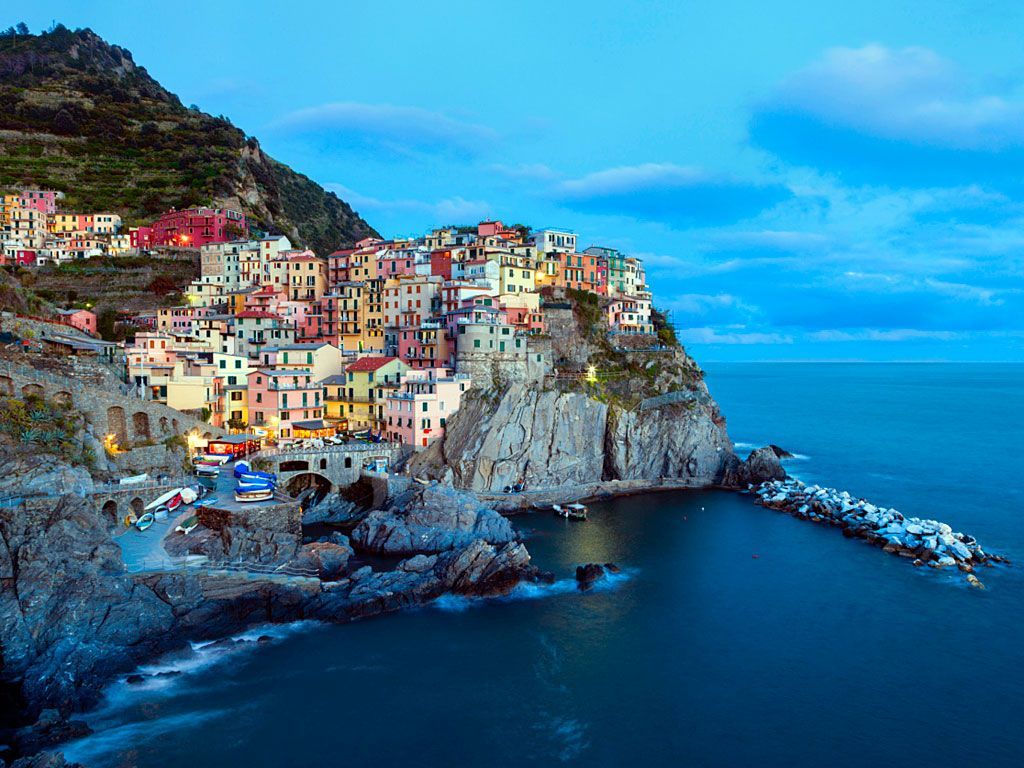
This UNESCO listed coastline stuns with vertiginous cliffs tumbling into turquoise waters, dotted with pastel villages perched precariously on slopes. Famous for its winding roads, lemon groves, and seafood cuisine, it’s a must visit destination best enjoyed in spring (April to June) or fall (September to October) for pleasant weather. Boat tours unveil hidden grottoes, hiking trails like the Path of the Gods offer panoramic vistas, and town squares buzz with history and charm. Located south of a bustling port city, it’s reachable by air or train, with accommodations from cliffside resorts to family run B&Bs. Safety includes caution on steep roads, sun protection, and booking ahead for this scenic beauty.
History: Inhabited since prehistoric times, this coast saw Greek colonies by the 6th century BCE and Roman villas by the 1st century CE. Medieval villages emerged in the 10th century, their terraced slopes built for farming olives and grapes. A maritime republic in the 11th century brought wealth, but pirate raids later isolated it until the 19th century railway spurred tourism. Named a UNESCO site in 1997, its history reflects a resilient bond with the sea and land, shaping its timeless allure.
4. A Volcanic Island of Whitewashed Charm (Greece)
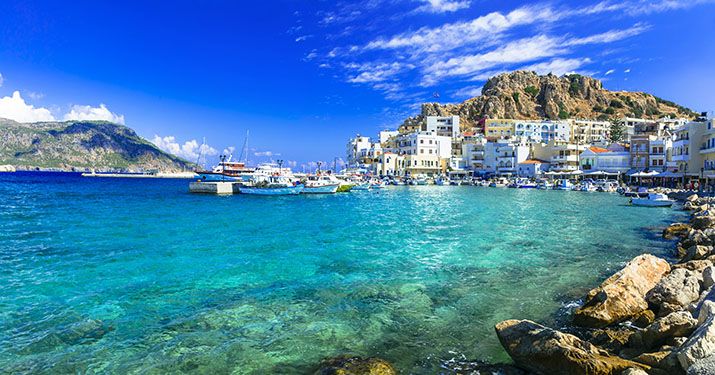
This island enchants with its volcanic calderas, whitewashed villages cascading down cliffs, and sunsets that paint the sky in fiery hues. A romantic retreat among beautiful places, it’s best visited in spring (April to May) or fall (September to October) for fewer crowds and mild weather. Relax on black sand beaches, explore ancient ruins buried by ash, or sail to nearby islets with bubbling springs. Located in a southern island chain, it’s accessible by air or ferry from a major port, with hotels offering breathtaking caldera views. Safety tips include navigating narrow streets carefully and wearing sunblock for this natural wonder.
History: A cataclysmic eruption around 1600 BCE reshaped this island, burying a Minoan settlement and inspiring Atlantis tales. Re colonized by Greeks in the 8th century BCE, it thrived under Byzantine and Venetian rule from the 13th century, its iconic architecture taking shape. Ottoman occupation from 1579 to 1830 gave way to independence, and 20th century tourism cemented its fame. The 1956 earthquake spurred rebuilding, preserving its unique charm as a volcanic jewel.
3. A Mountain Citadel of Ancient Stone (Peru)
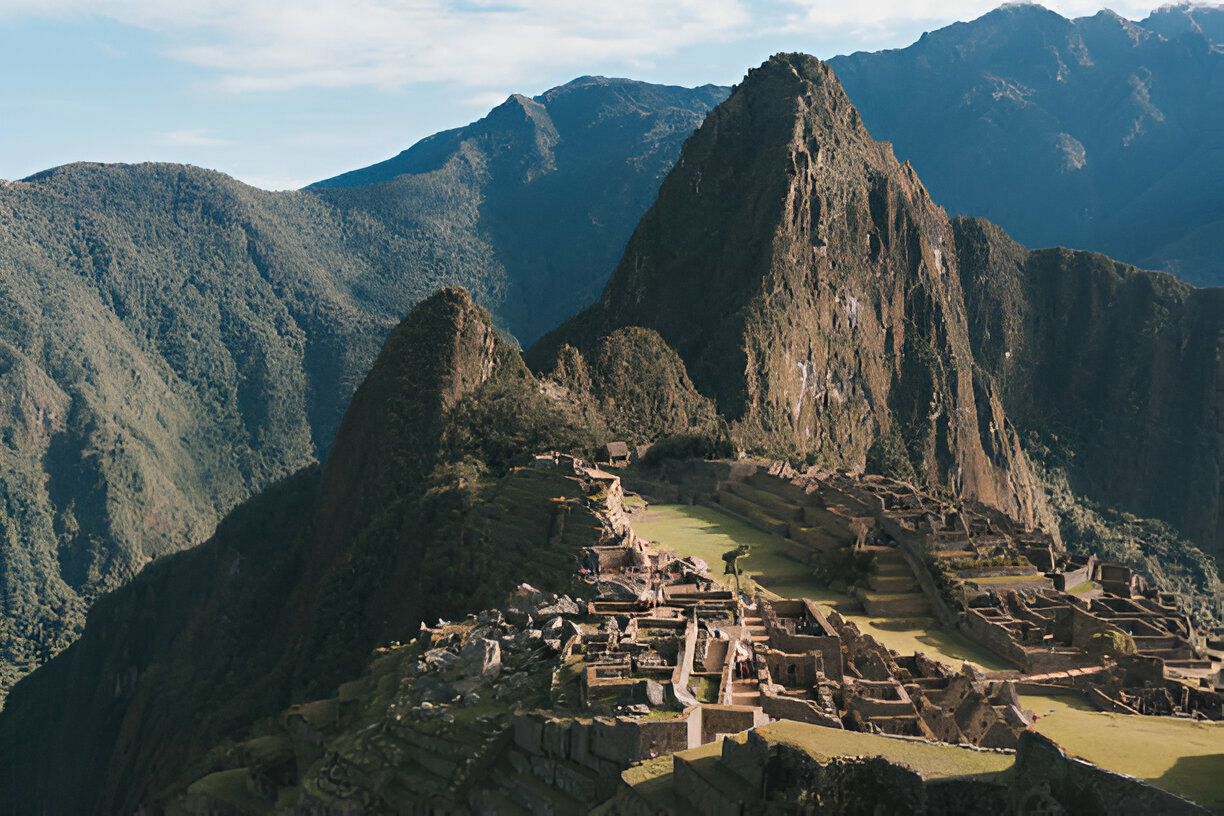
Nestled high in the Andes, this lost city awes with its stone terraces, misty peaks, and seamless blend of nature and architecture. A UNESCO site among the world’s most stunning landscapes, it’s best visited in the dry season (May to September) for clear skies and firm trails. Trek the multi day path to its gates, tour its temples and plazas, or watch sunrise over the rugged peaks. Located near a historic mountain city, it’s reachable by train or a challenging hike, with lodging in a nearby town from hotels to campsites. Safety includes altitude acclimation, hydration, and sticking to marked paths for this must visit destination.
History: Built in the 1450s by Inca ruler Pachacuti, this citadel likely served as a royal retreat or ceremonial center, abandoned in the 1570s amid Spanish conquest. Hidden by jungle for centuries, it was rediscovered in 1911 by an American historian, its intact stonework revealing Inca precision. Declared a UNESCO site in 1983, its purpose remains debated possibly a refuge or astronomical hub, making it a window into a civilization that ruled the Andes until the 16th century.
2. The World’s Largest Coral Wonderland (Australia)

This vast marine paradise stretches over 2,000 kilometers, a kaleidoscope of coral reefs, tropical islands, and teeming sea life. A UNESCO natural wonder, it’s best visited in the dry season (May to October) for calm seas and vibrant underwater views. Dive among colorful corals, snorkel with turtles and rays, take glass bottom boat tours, or relax on white sand beaches. Located off a northeastern coast, it’s accessible by air to a coastal city or boat excursions, with options from island resorts to eco camps. Safety includes using reef safe sunscreen, avoiding marine stings, and respecting conservation efforts for this beautiful place.
History: Forming over 20 million years, this reef grew on ancient limestone platforms, shaped by sea level changes. Indigenous Australians fished and navigated its waters for 40,000 years, leaving middens and stories. Mapped in 1770 by a British explorer, it gained global attention in the 19th century, becoming a UNESCO site in 1981. Facing bleaching since the 1980s, its history blends natural evolution with human stewardship, a living testament to Earth’s biodiversity.
1. A Colossal Canyon of Timeless Layers (USA)
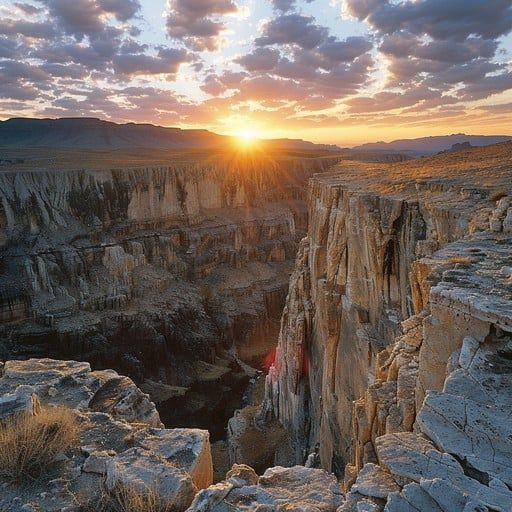
This immense chasm, stretching over 400 kilometers, reveals a rainbow of rock layers carved by a relentless river, a UNESCO site of unmatched grandeur. Among the top beautiful places, it’s best visited in spring (March to May) or fall (September to November) for mild temperatures and fewer crowds. Hike rim trails for sweeping views, raft through its depths, or watch sunset ignite the cliffs. Located in a southwestern state, it’s reachable by air to a nearby city or a scenic drive, with lodging from park cabins to nearby hotels. Safety includes staying on trails, carrying water, and preparing for sudden weather shifts in this natural wonder.
History: Carved over six million years, its rocks date back two billion years, exposing Earth’s ancient past. Indigenous tribes like the Havasupai and Hopi have lived here for over 1,000 years, crafting villages and myths tied to its depths. Spanish explorers glimpsed it in 1540, but American surveys in the 1860s mapped its scale. Designated a national park in 1919 and UNESCO site in 1979, it’s a geological marvel shaped by time and revered across cultures.

